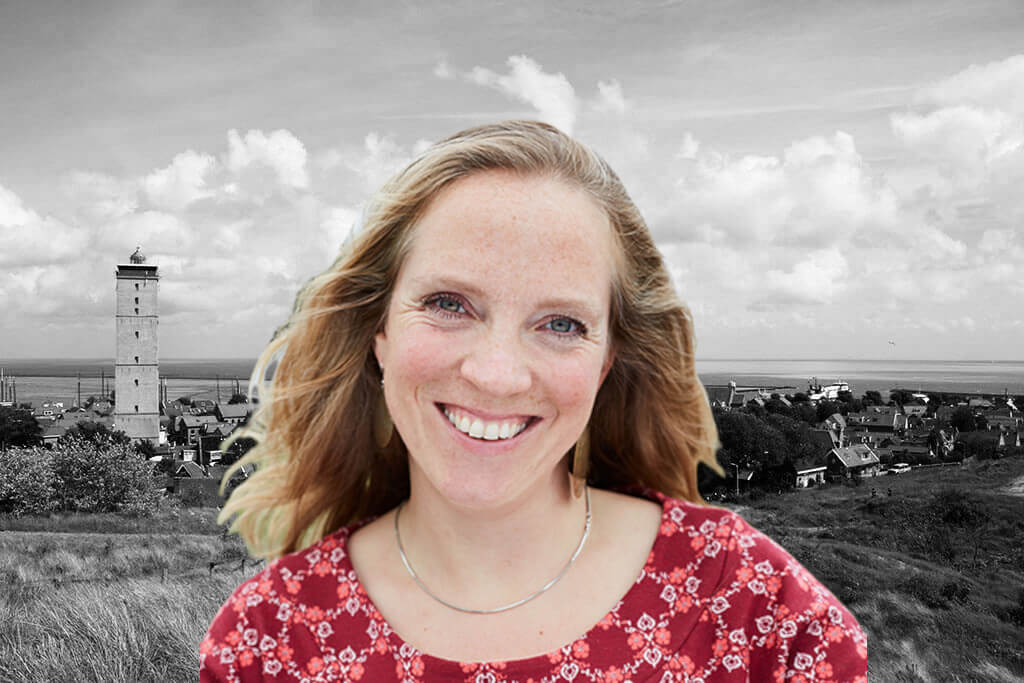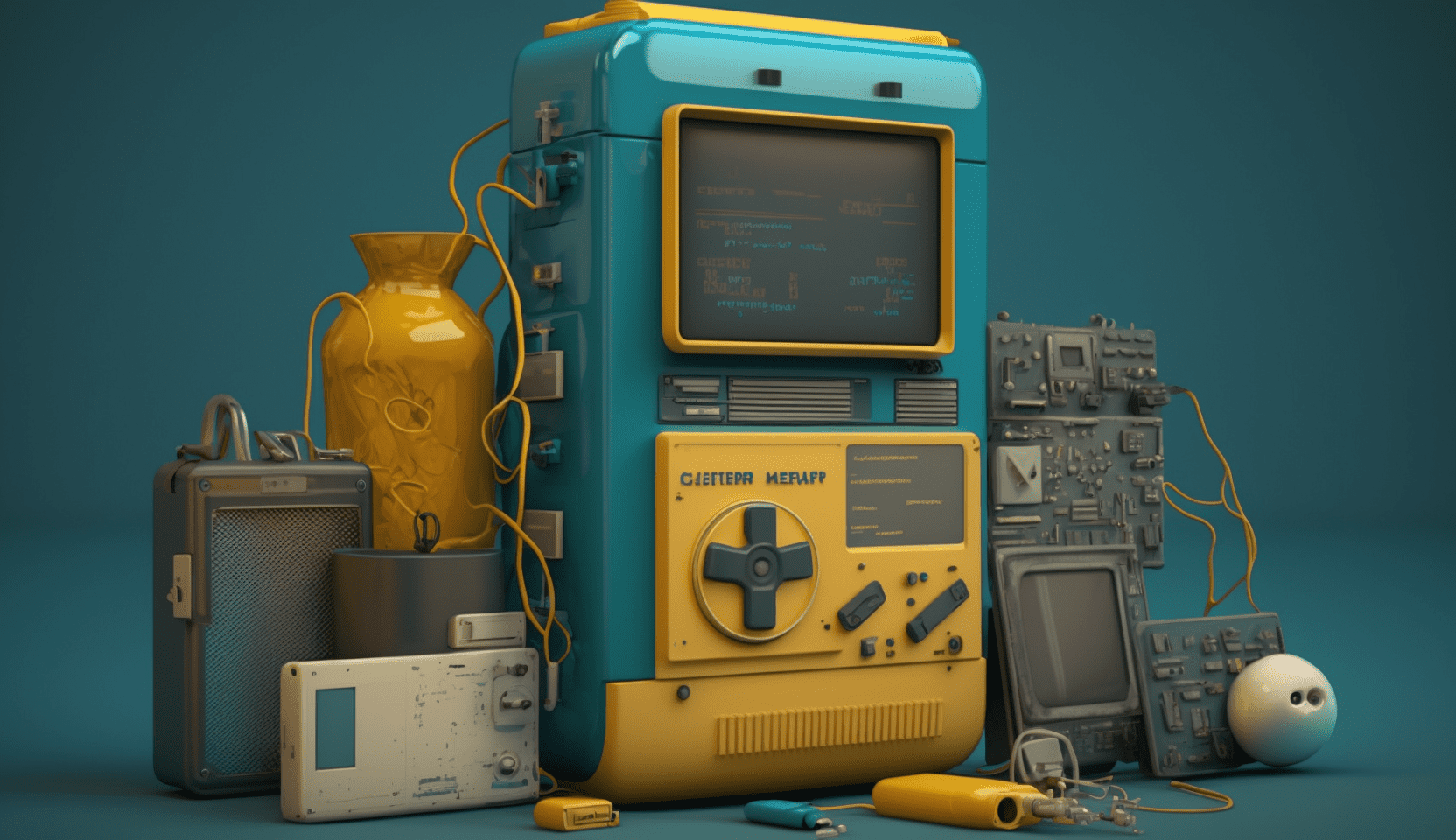
Creative sessions, when properly guided, are made up of two main parts. Diverging: coming up with ideas. Converging: choosing ideas.
We see the act of diverging as the ‘creative’ part of a session. We practice creative thinking. Coaches use techniques that help participants to come up with more and other ideas. That then leads to original ideas. While in the process of diverging, you should not judge ideas.
During the process of converging – choosing ideas – we engage in critical thinking. We are now going to make judgments. Convergent thinking starts with putting things in some form of order. For example, by clustering all the ideas that are related, or arranging them on axes such as ‘originality’ and ‘feasibility’.
Two things don’t add up in the above description.
Firstly, to diverge is to gather information: as in, not to think creatively. Because all ideas are tolerated, participants have less incentive to really put some thought into their ideas.
Secondly, convergent thinking, as mentioned above, involves two processes: arranging things in order and then choosing, as opposed to one process, the choosing of ideas.
Putting things in order is a process that falls between diverging and converging. This is where real creativity takes place and also where huge opportunities lie!

Reverging: the process of putting things in order as a source of creativity
The English word ‘reverging’ stands for the ‘REs involved in the process of putting things in order: revisit, rearrange, replace ideas, reveal and refine solution & problem space, reset mind & process, resource group dynamics (Heijne & Van der Meer, 2019).
How it works in practice.
A whole lot of post-its. Three minutes are spent discussing categories. Then someone says: ‘This is how we do it’. Two people furiously move all the post-its to the ‘right’ categories. The other participants either help a bit or talk amongst themselves. Then: ‘All done! Can we make a choice now?’
How it ought to go.
A blank sheet on the wall. The group stands around this sheet. (After all, when you have an important phone call, you tend to stand up too. We think better on our feet). In turns, someone reads aloud a post-it. An idea is explained whenever someone does not understand it. People listen with a sense of curiosity; they ask questions. Everyone joins in. By sorting things out in a certain order in an attentive and open-minded way, implicit assumptions are revealed. Categories are not chosen, they arise. New structures and patterns emerge, new thoughts about the problem and its potential solution. It is during this reverging process that true creativity ensues. Pay attention to this process.







